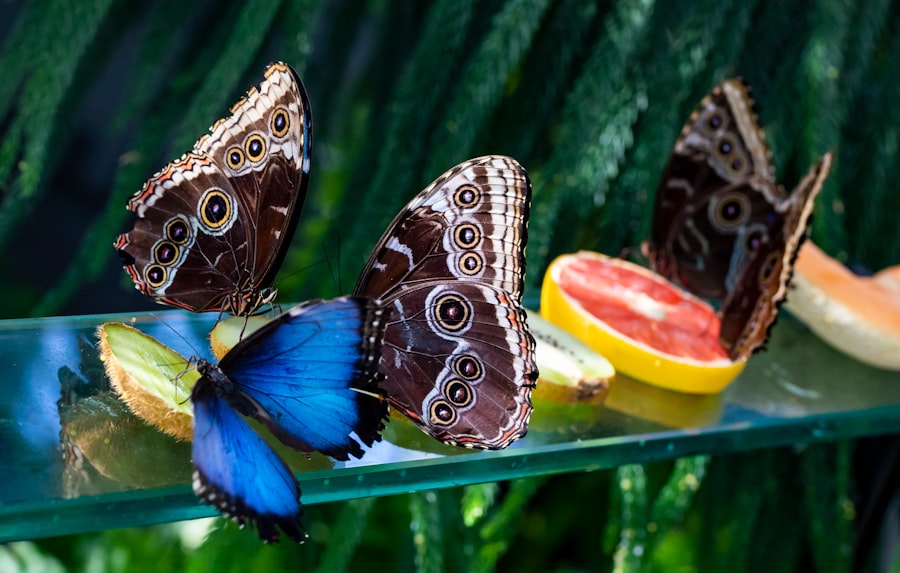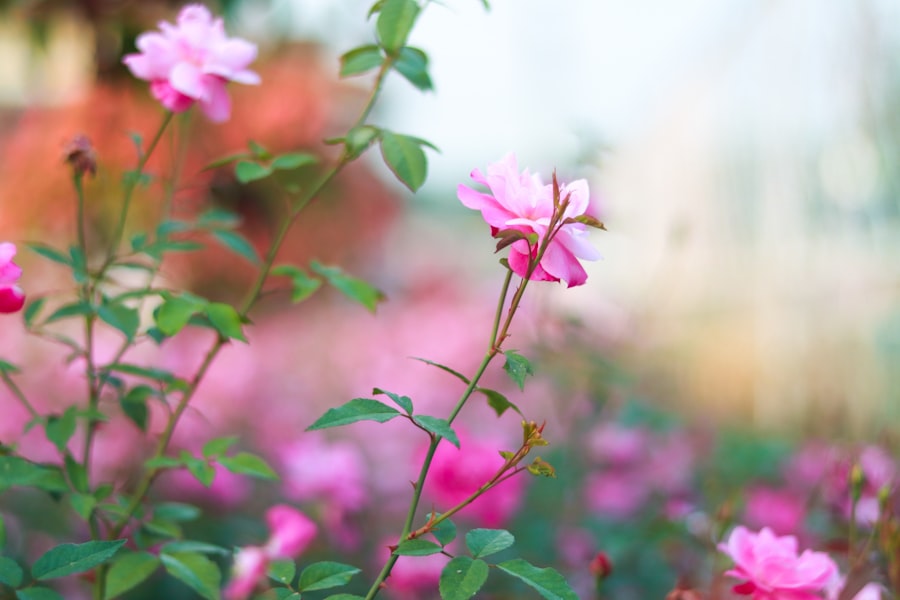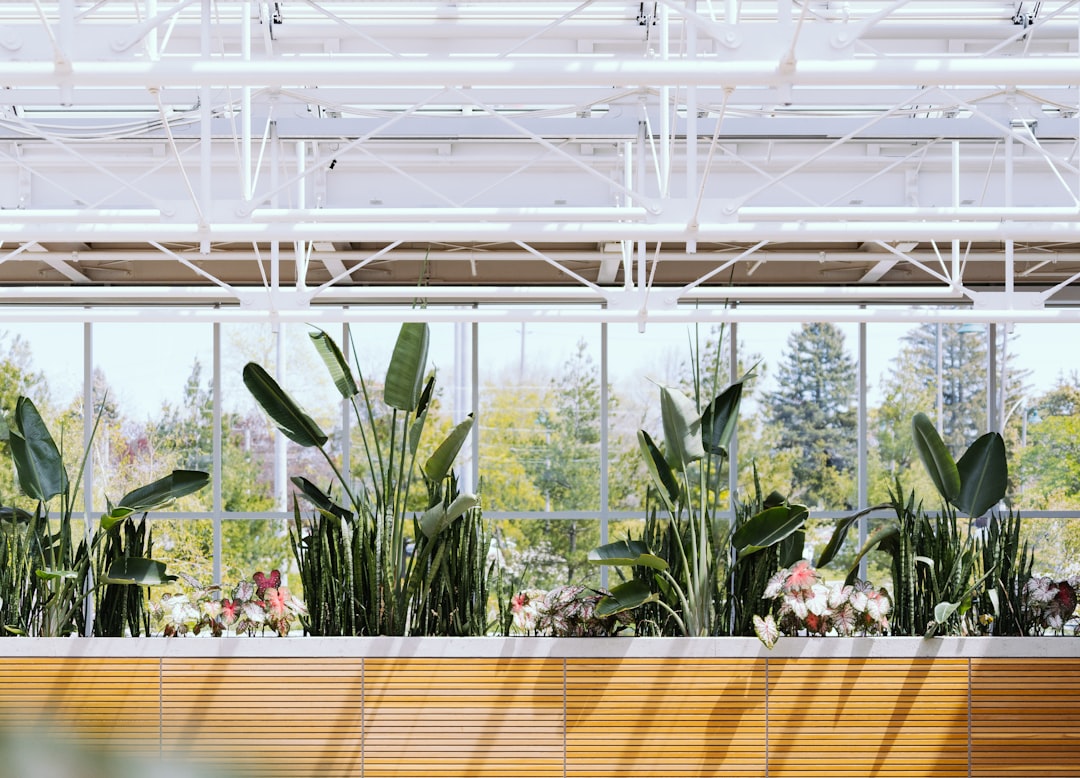Imagine stepping into a world where vibrant colors dance before your eyes, where the air is filled with the sweet fragrance of blooming flowers, and where nature’s artistry unfolds in every direction. This is the essence of wildflower and botanical tours, an experience that invites you to connect deeply with the natural world. These tours offer not just a visual feast but also an opportunity to learn about the intricate ecosystems that sustain our planet.
Whether you are a seasoned horticulturist or a casual nature lover, embarking on a wildflower or botanical tour can be a transformative experience. As you traverse through lush landscapes, you’ll find yourself immersed in the beauty of diverse flora. From sprawling meadows adorned with wildflowers to meticulously curated botanical gardens, each destination tells a unique story about the environment and its inhabitants.
These tours are designed to educate and inspire, allowing you to appreciate the delicate balance of nature while fostering a sense of stewardship for the earth. With every step you take, you’ll discover the wonders of plant life and the vital role it plays in our ecosystem.
Key Takeaways
- Wildflower and botanical tours offer a unique opportunity to explore and appreciate the beauty of nature’s flora in various destinations.
- Top destinations for wildflower and botanical tours include the Alps, the Scottish Highlands, the California coast, the Australian Outback, and the Japanese cherry blossom gardens.
- Understanding the importance of wildflowers and botanical gardens is crucial for their conservation and the preservation of biodiversity.
- Planning a successful wildflower and botanical tour involves researching the best locations, hiring a knowledgeable guide, and packing essential gear such as a camera and field guide.
- The best times of year to take wildflower and botanical tours vary by location, but generally, spring and summer are prime seasons for witnessing blooming flowers and lush plant life.
Top Destinations for Wildflower and Botanical Tours
Wildflower and botanical tours offer a world of possibilities, with countless destinations showcasing the breathtaking beauty of flora, each with its own unique charm.
California’s Golden Delight
The Antelope Valley California Poppy Reserve is one of the most renowned locations, where fields of golden poppies bloom in a stunning display each spring. As you wander through this vibrant landscape, you’ll be captivated by the sight of rolling hills blanketed in orange, a true testament to nature’s artistry.
A Garden of European Proportions
Another must-visit destination is the Keukenhof Gardens in the Netherlands, often referred to as the “Garden of Europe.” This expansive garden features millions of tulips in every imaginable color, creating a breathtaking tapestry that attracts visitors from around the globe. As you stroll through the meticulously designed pathways, you’ll be enveloped in a sensory experience that celebrates the beauty of horticulture.
A Storytelling Garden
Each garden section tells a story, showcasing different themes and plant varieties that highlight the rich diversity of flora.
Understanding the Importance of Wildflowers and Botanical Gardens

Wildflowers and botanical gardens play a crucial role in our environment, serving as vital habitats for countless species and contributing to biodiversity. These spaces are not just aesthetically pleasing; they are essential for pollinators like bees and butterflies, which rely on native plants for food and shelter. By preserving these natural habitats, we ensure the survival of these important species and maintain the delicate balance of our ecosystems.
Moreover, botanical gardens serve as living laboratories for research and education. They provide invaluable resources for scientists studying plant biology, conservation efforts, and climate change impacts. By visiting these gardens, you gain insight into ongoing research initiatives and conservation strategies aimed at protecting endangered plant species.
Understanding this importance deepens your appreciation for these natural spaces and encourages you to advocate for their preservation.
Tips for Planning a Successful Wildflower and Botanical Tour
| Key Tips for Planning a Successful Wildflower and Botanical Tour |
|---|
| Research the Best Time to Visit |
| Choose the Right Location |
| Consider Hiring a Local Guide |
| Pack Essential Gear and Supplies |
| Respect the Environment and Wildlife |
| Stay Informed about Safety and Regulations |
Planning a successful wildflower or botanical tour requires careful consideration and preparation. Start by researching potential destinations that align with your interests and travel preferences. Look for tours that offer knowledgeable guides who can enhance your experience with insights about local flora and fauna.
Engaging with experts can provide you with a deeper understanding of the ecosystems you’ll encounter. Timing is also crucial when planning your tour. Different regions have specific blooming seasons, so it’s essential to check when wildflowers are at their peak.
Additionally, consider factors such as weather conditions and accessibility when choosing your destination. Packing appropriate gear, including comfortable walking shoes, sun protection, and a camera to capture the beauty around you, will ensure that you’re well-prepared for your adventure.
The Best Times of Year to Take Wildflower and Botanical Tours
The timing of your wildflower and botanical tour can significantly impact your experience. Spring is often heralded as the prime season for wildflower viewing, as many species burst into bloom during this time. In regions like California, the super bloom phenomenon can transform landscapes into vibrant seas of color, attracting visitors eager to witness this natural spectacle.
However, summer also offers unique opportunities to explore botanical gardens in full bloom. Many gardens host seasonal events and exhibitions during this time, showcasing rare plant species and innovative horticultural practices. Fall can be equally enchanting, as certain wildflowers continue to bloom while others transition into their autumnal hues.
Each season presents its own beauty, allowing you to experience nature’s ever-changing canvas throughout the year.
How to Identify Different Wildflowers and Plant Species

Identifying wildflowers and plant species can be an enriching aspect of your tour experience. Start by familiarizing yourself with common characteristics such as leaf shape, flower color, and growth habits. Many resources are available, including field guides and mobile apps designed to help you identify plants in real-time.
These tools can enhance your understanding of local flora and deepen your connection to the environment. Engaging with knowledgeable guides during your tour can also provide valuable insights into plant identification. They can share tips on distinguishing between similar species and explain the ecological roles each plant plays within its habitat.
As you learn to recognize different wildflowers, you’ll develop a greater appreciation for their beauty and significance in maintaining biodiversity.
Conservation Efforts and the Role of Wildflower and Botanical Tours
Conservation efforts are integral to preserving wildflower populations and botanical gardens for future generations. Many organizations work tirelessly to protect native plant species from habitat loss, invasive species, and climate change impacts. By participating in wildflower and botanical tours, you contribute to these efforts by supporting local economies and raising awareness about conservation issues.
Additionally, many tours incorporate educational components that highlight ongoing conservation initiatives. You may have the opportunity to engage in hands-on activities such as planting native species or participating in citizen science projects that monitor plant health. These experiences empower you to take an active role in conservation efforts while fostering a sense of responsibility toward protecting our natural heritage.
The Future of Wildflower and Botanical Tours for Horticulture Enthusiasts
As interest in horticulture continues to grow, the future of wildflower and botanical tours looks promising. More people are recognizing the importance of connecting with nature and understanding the role plants play in our lives. This trend has led to an increase in eco-tourism initiatives that prioritize sustainability and conservation.
Innovative tour operators are also embracing technology to enhance the visitor experience. Virtual reality experiences, interactive apps, and guided audio tours are becoming more common, allowing you to explore botanical gardens from new perspectives. As these advancements continue to evolve, they will further enrich your understanding of horticulture while making it more accessible to a broader audience.
In conclusion, wildflower and botanical tours offer an unparalleled opportunity to immerse yourself in nature’s beauty while fostering a deeper understanding of our environment. By exploring top destinations, appreciating the importance of flora, planning effectively, identifying species, supporting conservation efforts, and embracing future innovations, you can embark on a journey that not only enriches your life but also contributes positively to our planet’s health. So lace up your walking shoes, grab your camera, and prepare for an adventure that will leave you inspired by the wonders of the natural world.
